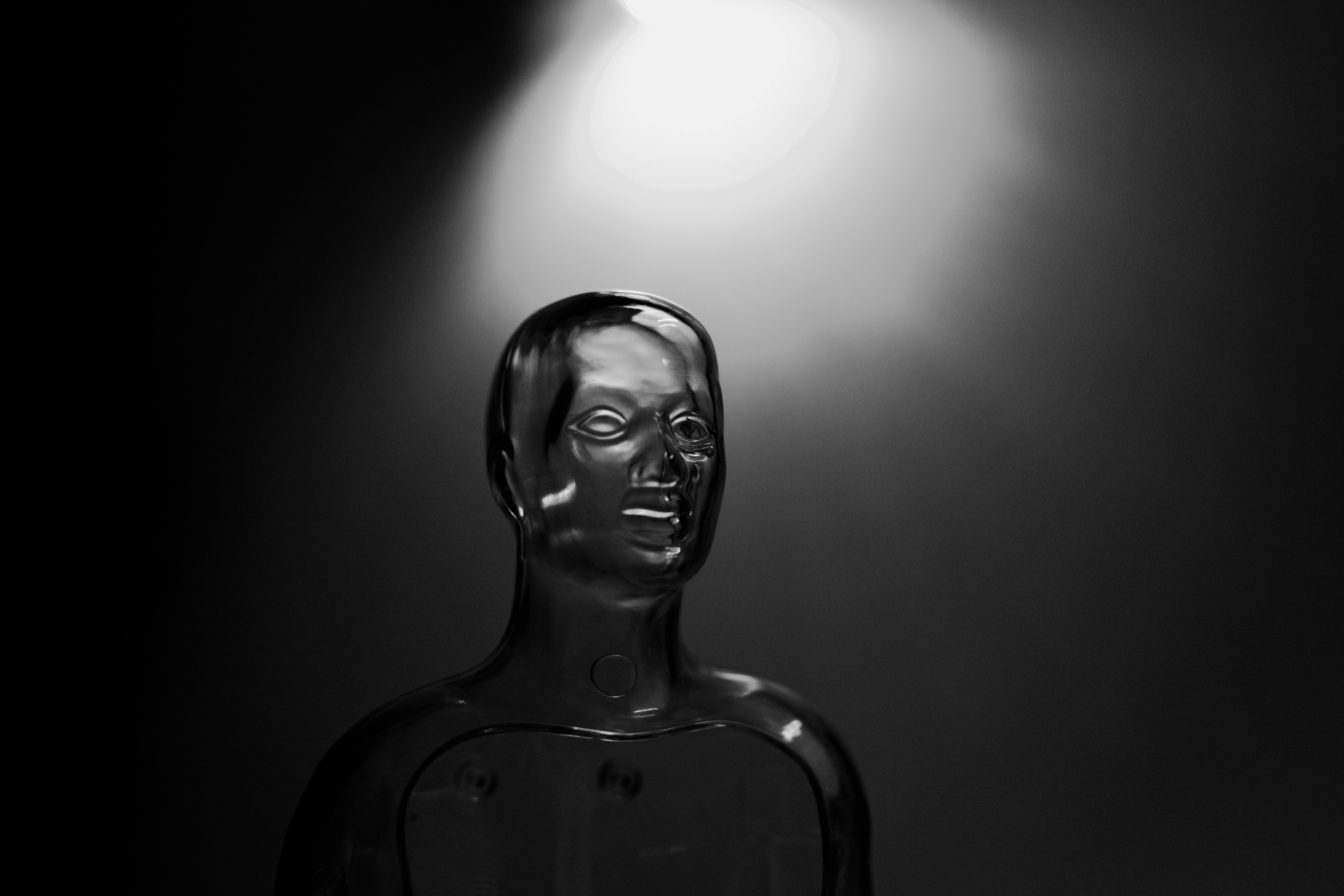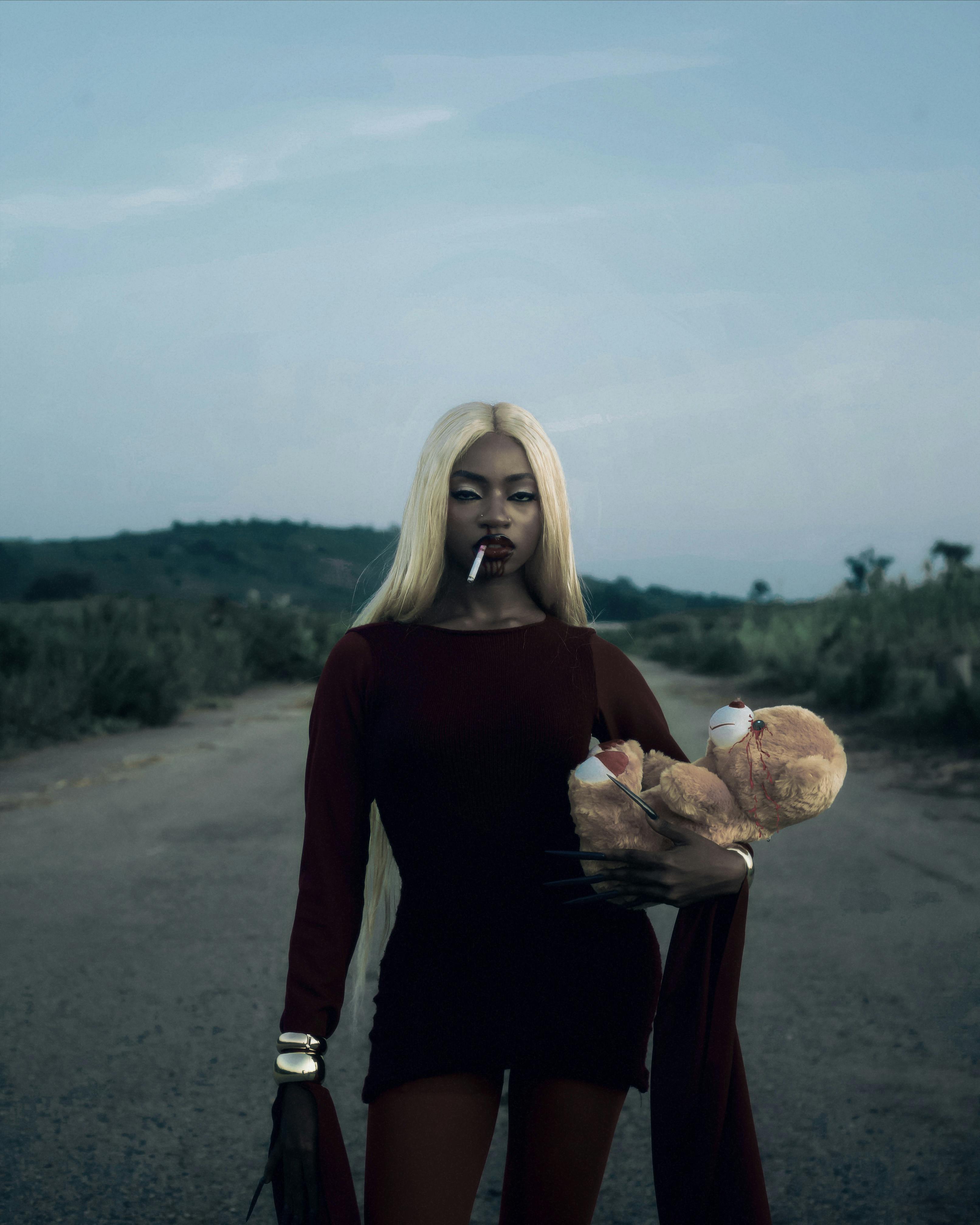Oxford University recently made headlines by hosting the world's first AI fashion catwalk. This groundbreaking event showcased the potential of artificial intelligence to revolutionize the fashion industry, raising questions about creativity, sustainability, and the future of design. Let's delve into the details of this exciting development.
The AI-Generated Designs: A New Aesthetic?
The garments presented weren't just digitally rendered; they were physically created based on AI-generated designs. This involved complex algorithms learning from vast datasets of existing fashion trends, styles, and fabrics. The resulting collection offered a unique blend of familiar and unexpected aesthetics, prompting discussion about the potential for AI to create entirely new design languages.
Implications for the Fashion Industry: Sustainability and Beyond
Beyond the novelty, the use of AI in fashion design holds significant implications for sustainability. AI could potentially optimize fabric usage, reduce waste through precise pattern creation, and even forecast trends more accurately, leading to less overproduction. Furthermore, AI could democratize fashion design, making it more accessible to individuals without formal training.
The Future of Fashion: Human Creativity vs. Artificial Intelligence
The Oxford AI fashion show sparks crucial conversations about the role of human creativity in a world increasingly influenced by artificial intelligence. While AI can assist in design and production, the question remains whether it can truly replace the human element—the intuition, emotion, and personal expression that often define iconic fashion pieces. The future likely lies in a collaborative approach, harnessing the power of AI to augment, not replace, human creativity.






